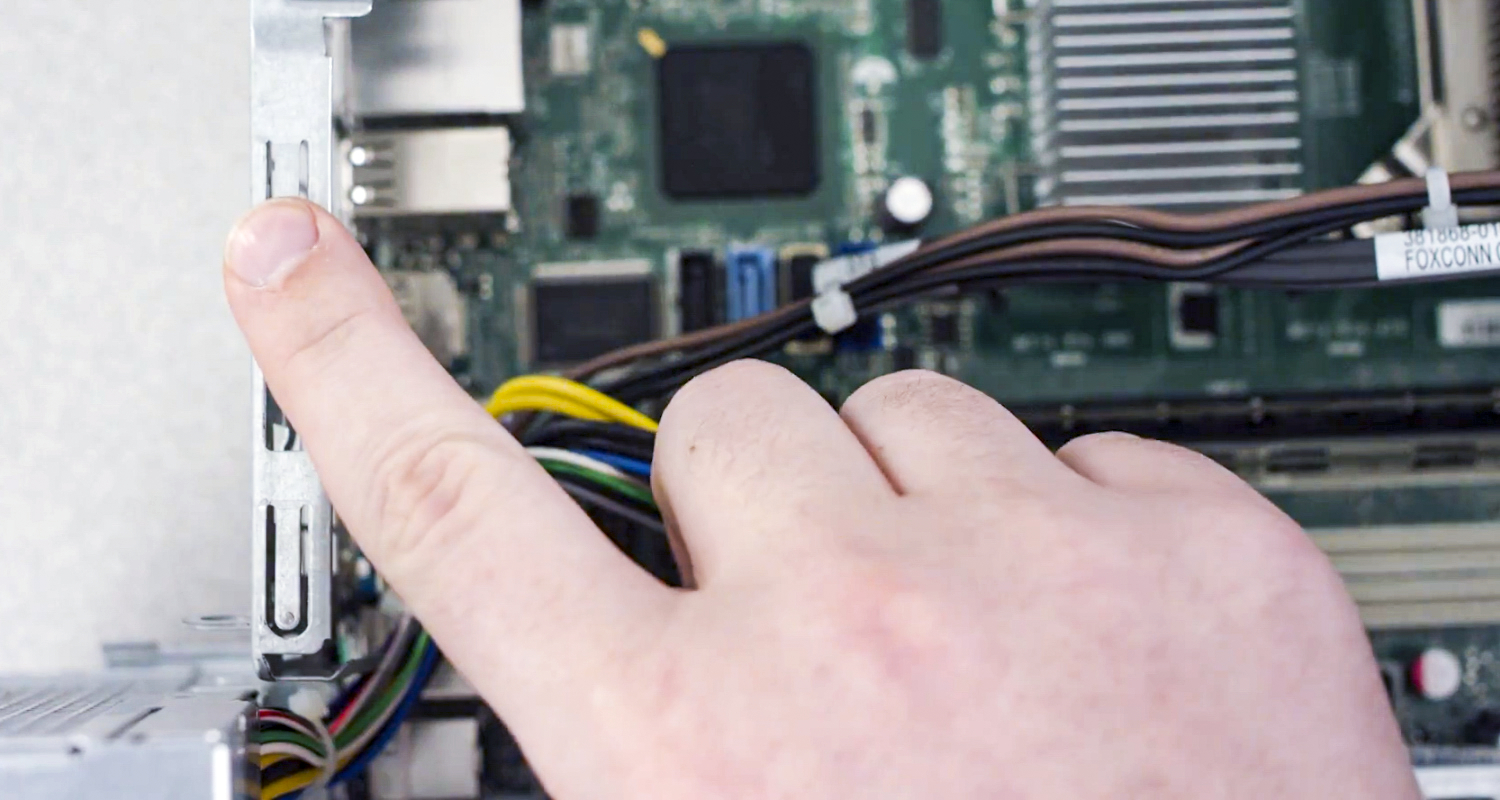How to upgrade your desktop RAM
People also viewed
How much RAM do you need for your computer memory
How much RAM do you need? 4GB, 8GB, 16GB, 32GB - or even 64GB? Find out if you need to increase your computer memory with the experts at Crucial.
Read articleHow to Build a Gaming PC
Find out how to build a gaming PC with Crucial. From the parts you need, to building a gaming PC on a budget, check it out now on our website.
Read moreExternal & Portable SSDs | 500GB, 1TB, 2TB, 4TB, 8TB
Shop a wide range of external SSDs from 500GB, 1TB, 2TB, 4TB, 8TB capacities. Expand your storage with a portable SSD from Crucial.
Read More
